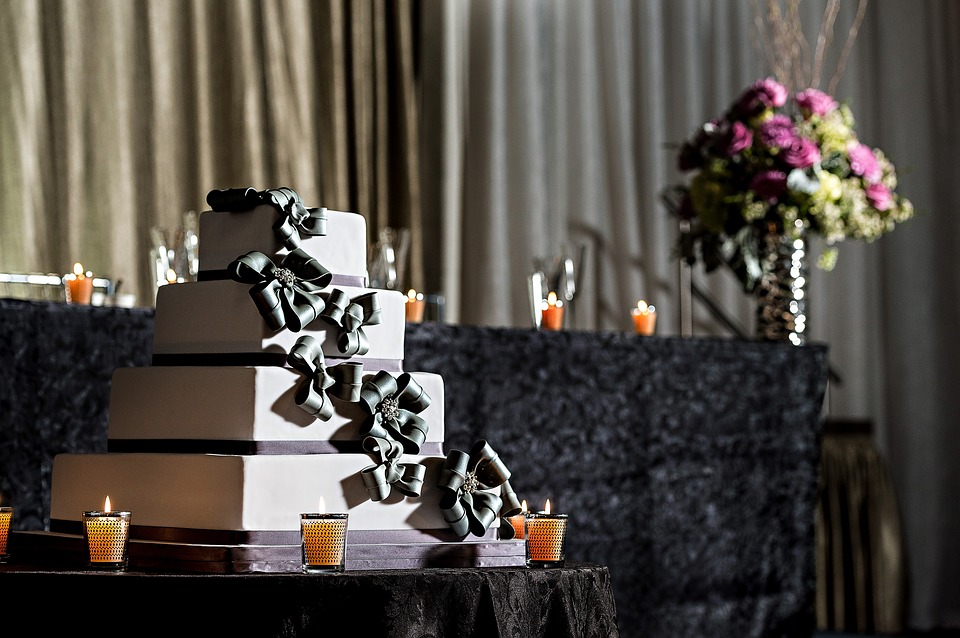Weddings are almost incomplete without a cake. Throughout the centuries, it has been one of the highlights of the special ceremony celebrated in every area of the world. It is not only acknowledged as a fancy, baked treat, but more a symbol of love and part of a ritual.
So where did it come from, and how did it all begin?

The History behind Wedding Cakes
The first wedding cakes are most commonly attributed to the medieval times. These cakes were particularly made of wheat – something that symbolized fertility and productivity. In ancient paintings, it is considered as a symbol of self-sacrifice. That is the reason why these medieval wedding cakes are taken into a ritual, and is thrown at the bride.
The ancient Romans also involve wheat cakes in their wedding ceremonies. The groom is the first to take a piece of the cake. He will then have to take a bite of it, and the remains should afterwards be broken onto the bride’s head. Some historians say that the cake-breaking also stands for the ‘breaking’ of the virginity of the bride, and her submission to the groom. The ritual is also done because the ancient Romans believed that it is a good sign of the couple’s prosperous life as husband and wife. It also served as a symbol of many offspring, and the good fortune that comes with them.
Others would argue that wedding cakes did not exist until church weddings. The tradition came from the bread-blessing and bread-giving that are usually done every after Sunday masses. Soon enough, church wedding rites also absorbed that same activity as a part of the celebration. Eventually, they are acknowledged as the first wedding cakes. This roots from as early as the 16th century.
The closest to the cake we know now however, traces back to medieval England. These are stacked flour breads – but with no added sweeteners. The ritual is that people will stack mini breads as high as they could go. If the newly-weds are able to kiss over the top of the cake, then they are said to have a lifetime of abundance waiting for them.
Later on, a French chef, also known as King Charles II, visited England and he discovered this ritual. He thought the stacking of bread into a pile was very inconvenient. He made a solid stack version that would later on evolve to have frostings – just like the cake we know today.
From wheat bread cakes to stacked flour breads, wedding cakes have definitely come a long way. Now, we have various options to choose from, be it a simple one-layered cake or a multi-tiered one. Rituals are not completely gone and the symbolism is still there – a sign of a sweet lifetime of togetherness indeed.
Ryan Davis is the owner of Argyle Catering the best company for catering Jefferson City, MO has to offer.


